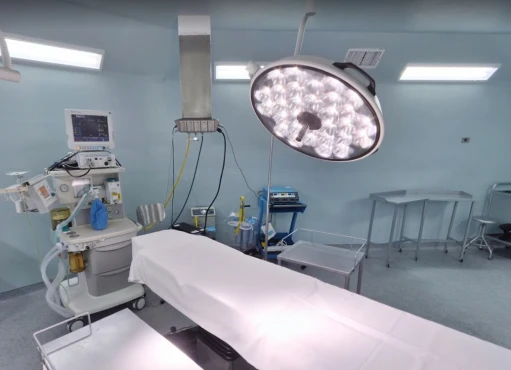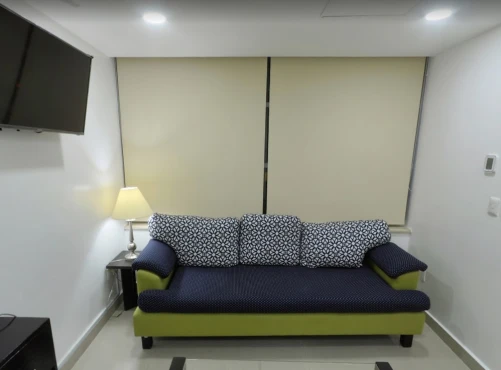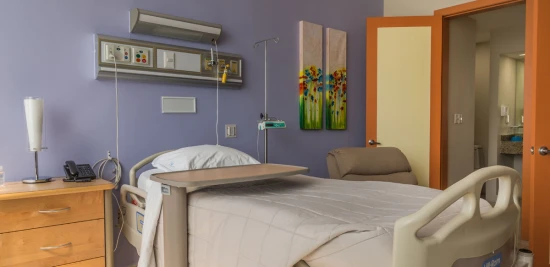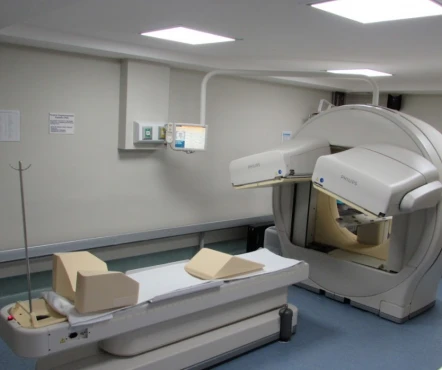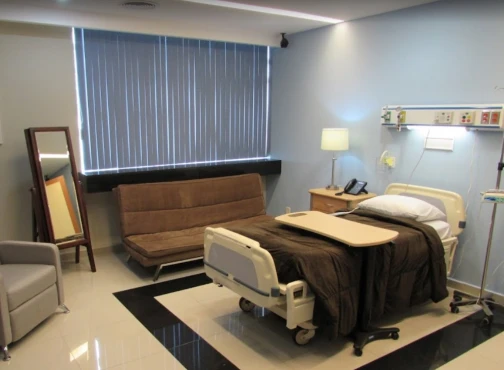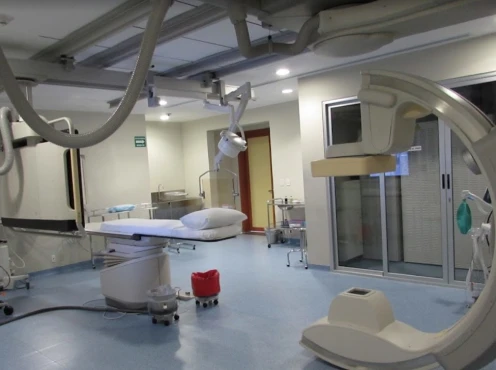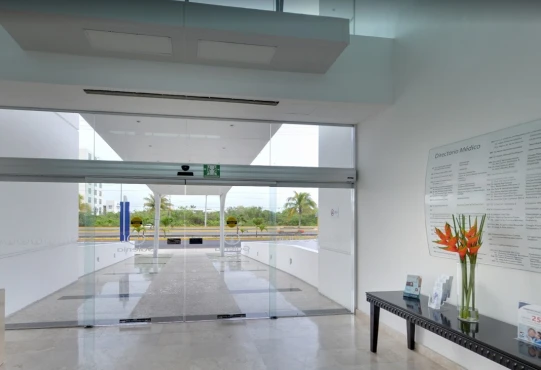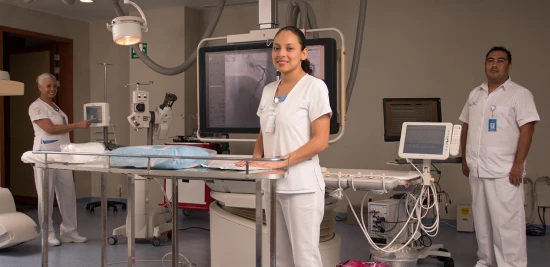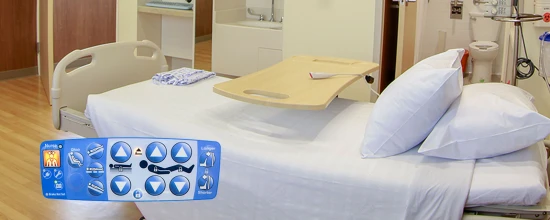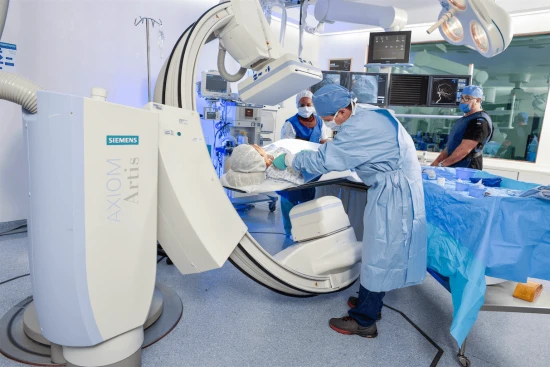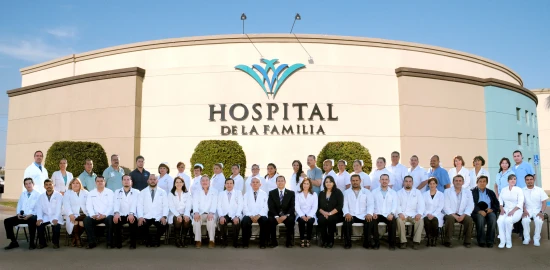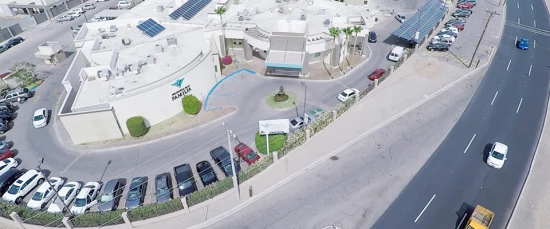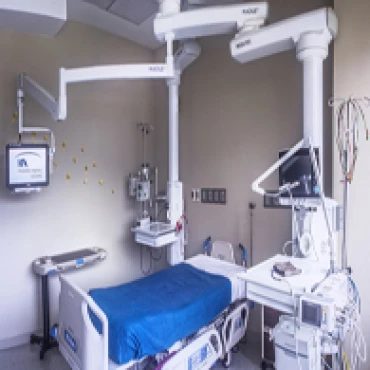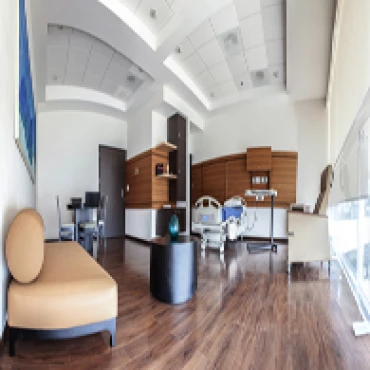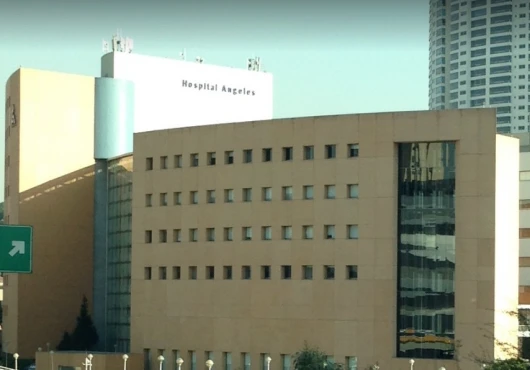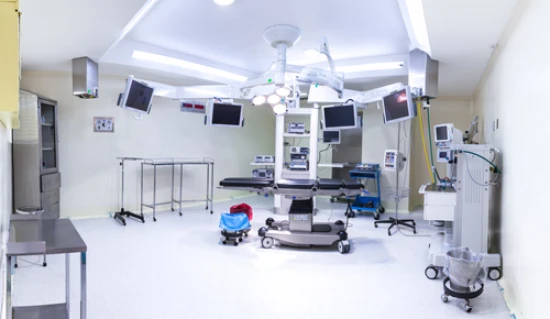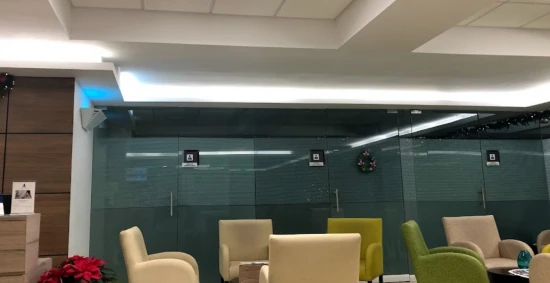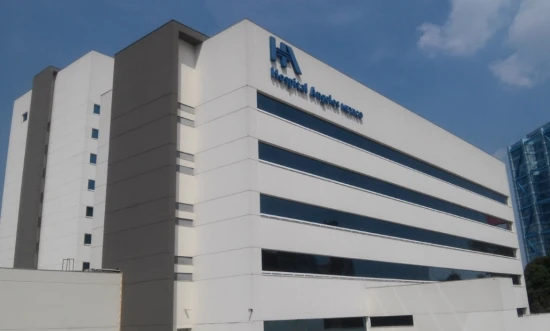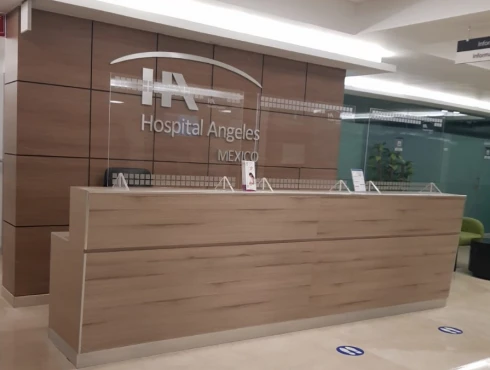Patent foramen ovale (PFO) treatment in 2 Cardiac surgery and Vascular surgery clinics in Cancún
2 clinics specializing in Cardiac surgery and Vascular surgery providing treatment of
Patent foramen ovale (PFO)
Patent foramen ovale (PFO) is a common congenital heart defect where a small hole between the upper chambers of the heart fails to close after birth. It can allow blood clots to pass from the right to the left side of the heart, potentially causing stroke or other complications.
Read more...
disease in Cancún.
-
Percutaneous ASD closure
≈ $9,900
-
NobleStitch™ PFO closure procedure
by request
-
Pulmonary angiography
≈ $1,233
-
Foam sclerotherapy (Unilateral)
≈ $769
-
Peripheral artery angioplasty and stent placement
≈ $6,067
-
Arteriovenous (AV) fistula surgery
≈ $2,356
-
Endovascular thrombectomy
≈ $4,370
-
Varicose veins treatment
≈ $4,663
-
Radiofrequency ablation (RFA) for varicose veins (Unilateral)
≈ $2,100

-
Atrial septal defect (ASD) repair in children
≈ $18,602
-
Percutaneous ASD closure
≈ $9,900
-
NobleStitch™ PFO closure procedure
by request
-
Foam sclerotherapy (Unilateral)
≈ $769
-
Coronary artery bypass graft (CABG)
≈ $25,165
-
Peripheral artery angioplasty and stent placement
≈ $6,067
-
Abdominal endovascular aneurysm repair (EVAR)
≈ $18,092
-
Thoracic endovascular aneurysm repair (TEVAR)
≈ $17,324
-
Arteriovenous (AV) fistula surgery
≈ $2,356

Nearby clinics in Mexico
Perhaps you should consider the following clinics we have found nearby basing on your Location, Disease filters applied.
-
Pulmonary angiography
≈ $1,233
-
Coronary catheterization
≈ $1,803
-
Spinal angiography
≈ $1,018
-
Upper limb angiography
≈ $1,219
-
Peripheral angiography
≈ $1,097
-
Cerebral angiography
≈ $1,122
-
Carotid angiography
≈ $1,138
-
Femoral artery angiography
≈ $948
-
Phlebography
≈ $1,245

-
Percutaneous ASD closure
≈ $9,900
-
NobleStitch™ PFO closure procedure
by request
-
Dual chamber pacemaker insertion
≈ $7,740
-
Coronary artery bypass graft (CABG)
≈ $25,165
-
Arteriovenous (AV) fistula surgery
≈ $2,356
-
Endovascular thrombectomy
≈ $4,370
-
Off-pump coronary artery bypass surgery
≈ $18,690
-
Permanent pacemaker implantation
≈ $7,909
-
Cardiac catheterization
≈ $2,397

-
Atrial septal defect (ASD) repair in children
≈ $18,602
-
Percutaneous ASD closure
≈ $9,900
-
NobleStitch™ PFO closure procedure
by request
-
Dual chamber pacemaker insertion
≈ $7,740
-
Carotid endarterectomy (CEA)
≈ $6,173
-
Foam sclerotherapy (Unilateral)
≈ $769
-
Coronary artery bypass graft (CABG)
≈ $25,165
-
Heart valve replacement
≈ $2,691
-
Heart valve repair
≈ $22,809

-
Atrial septal defect (ASD) repair in children
≈ $18,602
-
Percutaneous ASD closure
≈ $9,900
-
NobleStitch™ PFO closure procedure
by request
-
Pulmonary angiography
≈ $1,233
-
Dual chamber pacemaker insertion
≈ $7,740
-
Coronary artery bypass graft (CABG)
≈ $25,165
-
Heart valve replacement
≈ $2,691
-
Heart valve repair
≈ $22,809
-
Aortic valve replacement (AVR)
≈ $25,136

-
Atrial septal defect (ASD) repair in children
≈ $18,602
-
Dual chamber pacemaker insertion
≈ $7,740
-
Coronary artery bypass graft (CABG)
≈ $25,165
-
Heart valve replacement
≈ $2,691
-
Heart valve repair
≈ $22,809
-
Aortic valve replacement (AVR)
≈ $25,136
-
Mitral valve replacement (MVR)
≈ $20,343
-
Transcatheter aortic valve replacement (TAVR)
≈ $36,635
-
Peripheral artery angioplasty and stent placement
≈ $6,067
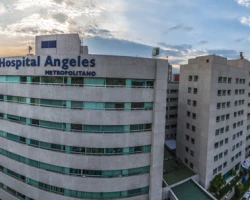
-
Atrial septal defect (ASD) repair in children
≈ $18,602
-
Dual chamber pacemaker insertion
≈ $7,740
-
Coronary artery bypass graft (CABG)
≈ $25,165
-
Heart valve replacement
≈ $2,691
-
Heart valve repair
≈ $22,809
-
Aortic valve replacement (AVR)
≈ $25,136
-
Mitral valve replacement (MVR)
≈ $20,343
-
Transcatheter aortic valve replacement (TAVR)
≈ $36,635
-
Peripheral artery angioplasty and stent placement
≈ $6,067
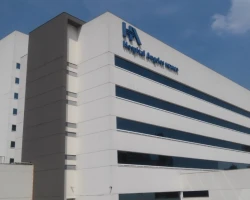
Clinics grouping by rating
Clinic with the highest rating of 3.4 — Galenia Hospital in Cancún, Mexico, clinic with the most reviews number of 284 — Galenia Hospital in Cancún, Mexico.
With rating from 3.0 to 3.9 — 2 clinics.
Countries with the highest number of clinics treating the diseases:
Patent foramen ovale (PFO):
Related procedures:
Quick navigation
- Aortoiliac allografting ≈ $15,167
- Balloon angioplasty and stenting of aorta coarctation ≈ $9,661
- Bilateral varicose veins surgery ≈ $2,417
- Cardiac catheterization ≈ $2,376
- Coil embolization of intracardiac shunts and fistulas ≈ $4,461
- Endoscopic vein harvesting (EVH) for coronary artery bypass graft surgery (CABG) ≈ $474
- Endovascular thrombectomy ≈ $4,332
- Femoral-popliteal bypass graft surgery ≈ $8,357
- Heart tumor surgery ≈ $14,625
- Intraaortic balloon pump (IABP) procedure ≈ $2,663
- Left atrial appendage occlusion ≈ $9,741
- NobleStitch™ PFO closure procedure by request
- Open-heart intracardiac foreign body removal ≈ $17,470
- Patent ductus arteriosus (PDA) open heart surgery in adults ≈ $5,843
- Percutaneous ASD closure ≈ $9,812
- Percutaneous closure of ventricular septal defect (VSD) ≈ $10,097
- Rashkind procedure ≈ $8,343
- Renal artery bypass surgery ≈ $9,591
- Surgery for tetralogy of Fallot (TOF) in adults ≈ $10,180
- Surgical ventricular restoration (SVR) ≈ $13,911
- Acute limb ischemia
- Aortic valve insufficiency
- Aortic valve stenosis
- Aortoiliac occlusive disease (AIOD)
- Arterial embolism
- Arteriovenous malformations (AVMs)
- Atrial fibrillation (AFib)
- Benign prostatic hyperplasia (BPH)
- Benign spinal tumor
- Brachiocephalic occlusive disease
- Carotid artery disease
- Carotid body paraganglioma
- Celiac artery stenosis
- Chronic kidney disease
- Chronic limb ischemia
- Chronic thromboembolic pulmonary hypertension
- Coarctation of the aorta (CoA)
- Deep vein thrombosis (DVT)
- External iliac artery dissection
- Foreign bodies in the heart
